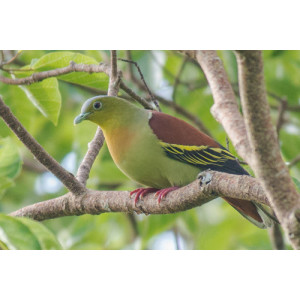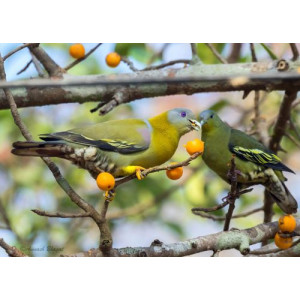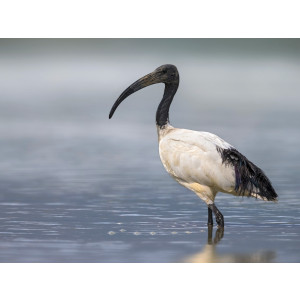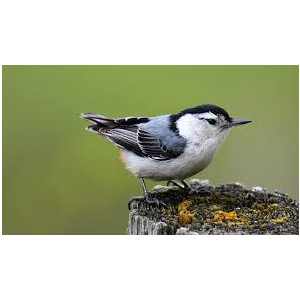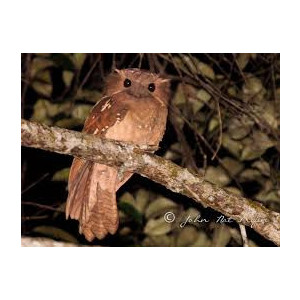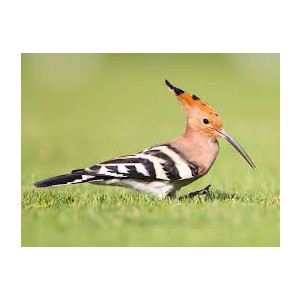Rock (Feral) Pigeon Did you see this animal?
Scientific Name : Columba livia
Family : Columbidae
Order : Columbiformes
Class : Aves
Phylum : Chordata
Other Name : Common Pigeon, Blue Rock Pigeon
Habitat : Villages
Description : The Common Pigeon is a medium-sized blue-grey bird with a purple iridescence on the upper breast and neck (adult bird length approximately 33 cm, weight 225 g, wing 25 cm, bill 2.5 cm, tail 11 cm). It has two prominent black bars on the grey wings. Its grey tail has a broad, black terminal band. It feeds on spilled grains, seeds, tubers and shoots of ground crops. It breeds in April-October. Wild pigeons are known to inhabit rock formations and cliff faces, taking refuge in crevices for nesting. They often form large colonies consisting of hundreds of individuals. Their nesting sites include caves, canyons, sea cliffs, and even rocky areas in the Sahara, as long as there is access to rocks, water, and some vegetation. They tend to avoid dense vegetation and prefer open areas.
Rock doves have developed a commensal relationship with humans, benefiting from the abundance of food and nesting opportunities in urban areas. Human structures such as skyscrapers, highway overpasses, farm buildings, and abandoned structures mimic natural cliff structures, making them ideal nesting sites for rock doves. This close association with humans has significantly expanded their range. Agricultural settlements are more favorable to them than forested areas.
In urban environments, rock doves thrive in areas with tall buildings, green spaces, easy access to human food, and the presence of schools. Suburban areas with low street density and distance from city centers are less conducive to pigeon populations. However, feral pigeons, which are unable to find suitable accommodations, often resort to nesting on building ledges, walls, or statues. Over time, their feces, which consist mainly of urates when they are undernourished, can corrode masonry and metal structures. Well-fed pigeons, on the other hand, excrete mostly solid feces with minimal uric acid content.
Rock doves have developed a commensal relationship with humans, benefiting from the abundance of food and nesting opportunities in urban areas. Human structures such as skyscrapers, highway overpasses, farm buildings, and abandoned structures mimic natural cliff structures, making them ideal nesting sites for rock doves. This close association with humans has significantly expanded their range. Agricultural settlements are more favorable to them than forested areas.
In urban environments, rock doves thrive in areas with tall buildings, green spaces, easy access to human food, and the presence of schools. Suburban areas with low street density and distance from city centers are less conducive to pigeon populations. However, feral pigeons, which are unable to find suitable accommodations, often resort to nesting on building ledges, walls, or statues. Over time, their feces, which consist mainly of urates when they are undernourished, can corrode masonry and metal structures. Well-fed pigeons, on the other hand, excrete mostly solid feces with minimal uric acid content.
Distribution in Bangladesh
References:
description written by:Fatema-Tuz-Zohora,Department of Zoology, Jagannath University,Dhaka;information source: Encyclopedia of Flora and Fauna of Bangladesh, Vol-26, iucnredlist.org;Photo credit and copyright:MSH Sourav (TU Dresden, Germany);taxonomic checklist:P. M. Thompson and S. U. Chowdhury (2020). A checklist of birds of Bangladesh.Birds Bangladesh;bird song owner:Stuart Fisher(www.xeno-canto.org/Stuart Fisher), bird sound copyright reserved according to www.xeno-canto.org rules; more information, please contact us.
description written by:Fatema-Tuz-Zohora,Department of Zoology, Jagannath University,Dhaka;information source: Encyclopedia of Flora and Fauna of Bangladesh, Vol-26, iucnredlist.org;Photo credit and copyright:MSH Sourav (TU Dresden, Germany);taxonomic checklist:P. M. Thompson and S. U. Chowdhury (2020). A checklist of birds of Bangladesh.Birds Bangladesh;bird song owner:Stuart Fisher(www.xeno-canto.org/Stuart Fisher), bird sound copyright reserved according to www.xeno-canto.org rules; more information, please contact us.



